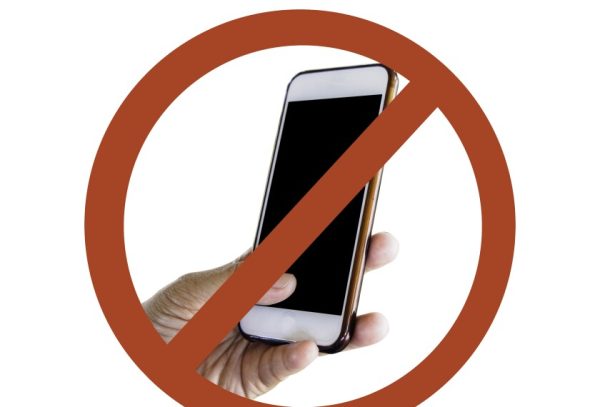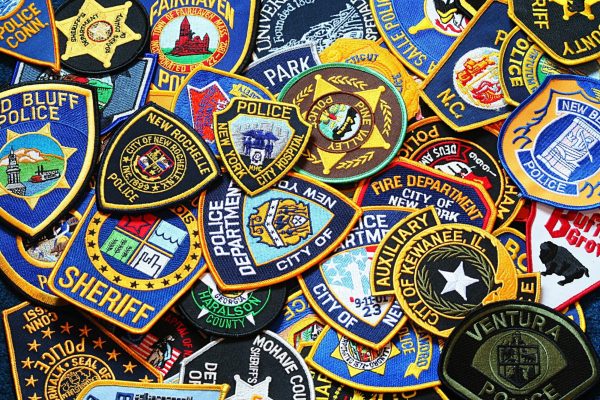Fashion Vs Faculty: BHS Dress Code Remains Frustrating

Picture this: it’s 93 degrees in a hot, humid, unairconditioned premise. What would you wear? The majority of people choose to wear shorts, short sleeves, maybe even sleeveless tops. But for the average female student, finding a way to please your personal style and the overly strict dress codes can be nearly impossible. September 7th—before first period even began—I was stopped for my outfit being “not appropriate for school” by our Assistant Principal, Mr. Healy.
“We are going to have to start dressing like we are coming to school,” Mr. Healy said at the time. When he spoke those words, I was in utter shock. I practically threw on the first pair jeans and t-shirt I had seen, since I was already running late to class, I personally didn’t even think this outfit would be an issue.
But how are we supposed to know what’s considered acceptable? This is one of the biggest controversies concerning dress codes. Some say if the parent lets them wear it, it’s acceptable. However, sometimes parents aren’t fully aware of what their kids are actually leaving the house in.
On the contrary, according to popular website, Vox, Oregon has shocked people around the world with its modernized dress code rules. In Oregon, as long as “private parts” are covered, you can practically wear anything, other than shirts with explicit images, gang-affiliated colors, or language.
I understand some outfits might not be appropriate for a school setting: during the “incident,” Mr Healy even said, “let’s try not to dress like we are going to the beach.” Well, I hate to break it to our assistant principal, but there’s a tremendous difference between bikinis and off-the-shoulder shirts.
Perhaps the worst, thought, is this: the rules are clearly more strictly enforced toward female students over males.
After interviewing both female students and male students, it was obvious who the school is targeting. Of course, even though the school seems to say that it’s easier to spot a female student wearing something too revealing for a school atmosphere, when you follow the stories of students, we see that male students are getting passes for shirts that are technically against the rules.
Matthew Salerno told me when he wore a shirt with the phrase “alcohol you later” and was never given as much as a warning about it. Matthew isn’t the only one though: Derek Zacchino once wore a shirt with a bottle of the alcoholic brand “Fireball” on it and was never given any trouble.
Meanwhile, Alexis Enanian was dress-coded twice in one day. She was told to put a sweatshirt on over her off-the-shoulder shirt for her outfit being too “revealing.” Desperate to avoid trouble, she threw on the only sweatshirt in her locker. Not too long after she was told, once again, that sweatshirt was inappropriate for saying “Jack Daniels.”
“I don’t know any guys that have ever gotten dress coded, I know at least five girls [who did] last year,” argued Derek Zacchino. What he said isn’t even hard to believe—in fact, only one of three guys this reporter interviewed had ever been dress coded. Both Matthew and Derek even agreed they don’t think a guy would ever get in trouble for what he wore, at least for not being revealing. Big difference compared to the four girls, who all told me they had been warned or punished about their clothing at least once this year alone.
It’s no secret that boys and girls clothes are clearly made differently, making it easier to see the issues with feminine clothing. However, if you have strict rules for one gender, you need to enforce them for the other gender also. You cannot have a set of guidelines but only enforce it with certain groups.
BHS Social Studies teacher and football/lacrosse coach Mr. McCoy said, “The school should have a certain standard for boys and girls, certain levels of skin should not be shown… not just shorts [should get dress coded], offensive sayings too…Ultimately, we have to be consistent.”
Mr. Tocco, in response to The Eagle’s Cry’s questions, said, “If the guys have their shorts or pants hang low, it’s really not in style anymore. We changed it where the guys used to not be allowed to wear tight tank-tops, now they can. And we also let the girls wear the spaghetti straps, though they’re really not supposed to….. the Board [of Education] sets the policy for us to follow.”
Another primary issue is that we have no set punishment. If you ask any teacher at Bethpage High School what the punishment is when a student gets dress coded, I can guarantee most of them will probably give different answers. AP US history teacher Mr Lynch, even said, “I think they make you change.” He couldn’t even give a confident answer to what he’d do if he had to punish someone. Many teachers said it typically depends on the situation and the amount of times he or she has been warned about their clothes.
Gender-biased dress codes is why faculty has constantly justified the heinous behavior of male students, blaming it on our clothing rather than punishing them. Need an example? We are told our shorts and shirts are too small and make it hard for students and teachers to concentrate. Or in cases when a boy takes pictures of multiple girls countless amounts of times without her knowledge, it’s the job of authorities to make sure the boy gets the punishment he deserves.
How are we supposed to follow a dress code when the rules are so loosely explained? How can we take these rules seriously if we don’t even know what our punishment would hypothetically be? My fellow students and I should not be humiliated over an outfit we felt confident enough to wear out. It does nothing but demean us, strip away our rights, and allows male students to be treated as if they are superior.

“GaShamah” is a junior here at Bethpage High School. This is her first year writing for The Eagle's Cry. She enjoys memes, Chipotle, Law and Order...








